

| Cruise Region : Europe |
| Company : Viva Cruises |
| Ship : VIVA RUBY |
| Journey Start : Sat 05 Sep 2026 |
| Journey End : Tue 15 Sep 2026 |
| Count Nights : 10 nights |
| Day | Date | Port | Arrival | Departure |
|---|---|---|---|---|
| 1 | 5.09 Sat | Stralsund / Germany | ||
| 2 | 6.09 Sun | Lauterbach / Germany | 15:00 | |
| 2 | 6.09 Sun | Stralsund / Germany | 12:00 | |
| 3 | 7.09 Mon | PEENEMUNDE / Germany | 09:00 | 11:00 |
| 3 | 7.09 Mon | Wolgast / Germany | 13:15 | 14:00 |
| 3 | 7.09 Mon | Szczecin / Poland | 23:59 | |
| 3 | 7.09 Mon | Lauterbach / Germany | 06:00 | |
| 4 | 8.09 Tue | Schwedt | 22:30 | |
| 4 | 8.09 Tue | Szczecin / Poland | 17:00 | |
| 5 | 9.09 Wed | Hohensaaten | 13:00 | 13:30 |
| 5 | 9.09 Wed | Niederfinow boat lift | 16:30 | 17:30 |
| 5 | 9.09 Wed | Eberswalde / Germany | 19:30 | |
| 5 | 9.09 Wed | Schwedt | 09:00 | |
| 6 | 10.09 Thu | Berlin / Germany | 14:00 | |
| 6 | 10.09 Thu | Eberswalde / Germany | 04:00 | |
| 7 | 11.09 Fri | Potsdam / Germany | 09:00 | 12:30 |
| 7 | 11.09 Fri | Genthin / Germany | 22:00 | |
| 7 | 11.09 Fri | Berlin / Germany | 05:00 | |
| 8 | 12.09 Sat | Castle near Magdeburg | 09:00 | 13:00 |
| 8 | 12.09 Sat | Tangermünde | 19:00 | |
| 8 | 12.09 Sat | Genthin / Germany | 06:00 | |
| 9 | 13.09 Sun | Lauenburg | 20:00 | |
| 9 | 13.09 Sun | Tangermünde | 05:00 | |
| 10 | 14.09 Mon | Geesthacht | 11:30 | 13:30 |
| 10 | 14.09 Mon | Hamburg / Germany | 16:00 | |
| 10 | 14.09 Mon | Lauenburg | 09:30 | |
| 11 | 15.09 Tue | Hamburg / Germany |
VIVA All-Inclusive
Breakfast, Lunch, Dinner
Full board: breakfast buffet, lunch and dinner (gourmet menus served at the table) plus snacks. Free choice of table and flexible meal times.
Drinks all day
Hot and cold non-alcoholic beverages, plus a selection of alcoholic drinks. See bar menu for details.
High Tea
Once per trip: sweet and savory treats — scones, sandwiches, cupcakes, chocolates, macarons. Variety of teas included.
Welcome Drink
A warm welcome with a glass of champagne — to a wonderful stay on board.
RITUALS Beauty Products
Selected products for care and relaxation.
Minibar and Water Bottle
Daily replenished minibar and reusable bottle in the cabin.
Wi-Fi on board
Free and stable internet for comfortable use.
Tips included
All crew services are included in the price.
Payment
A 30% deposit is required at the time of booking.
Final payment must be made no later than 60 days before the cruise starts.
Cancellation
More than 120 days before departure – 10% of the total cost.
119–90 days – 20%.
89–30 days – 40%.
29–15 days – 60%.
14–1 day – 80%.
On the day of departure – 100%.
Rebooking
Changes to the booking are possible no later than 90 days before the cruise starts.
Fee – 50 EUR per person.
Passenger substitution
Allowed no later than 9 days before the cruise starts.
Fee – 50 EUR.
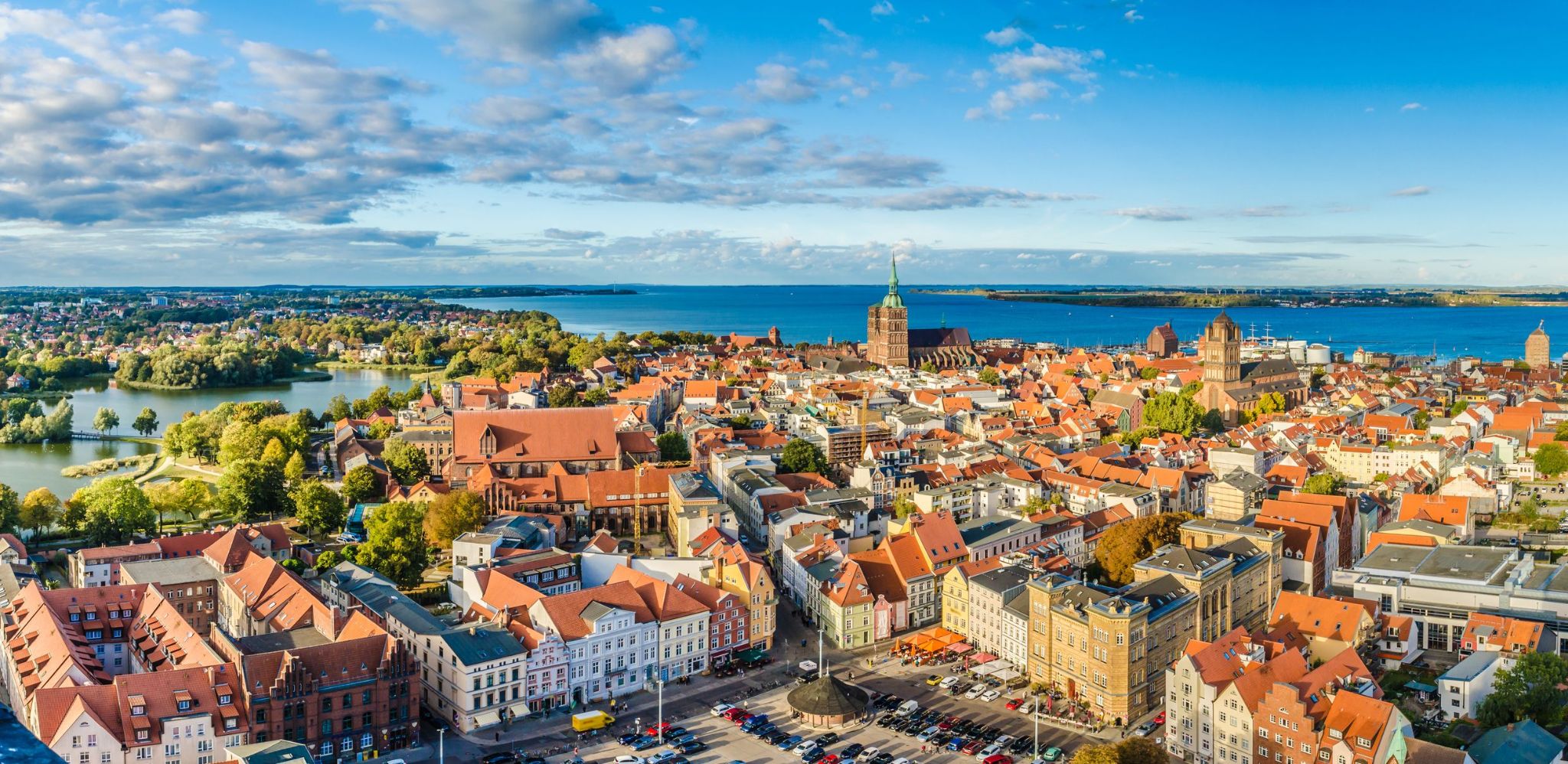
Stralsund is a picturesque port city in northern Germany, located on the shores of the Baltic Sea in the state of Mecklenburg-Vorpommern. Founded in the 13th century, the city boasts a rich maritime history reflected in the architecture of its old town. In 2002, Stralsund was included in the UNESCO World Heritage list, thanks to its unique architectural ensemble in Gothic and Renaissance styles. Among the city's main attractions are the historic market square, churches, and ancient buildings that reflect the city's former grandeur as an important trade center.
Today, Stralsund attracts tourists with its charming atmosphere, beautiful views of the Baltic Sea, and proximity to the "Eastern Rügen Island" national park. One of the main attractions is the Maritime Museum, where visitors can learn about the history of navigation and shipbuilding in the region. The city is also famous for its picturesque promenades and beaches, which are perfect for strolls and relaxation during the summer months.
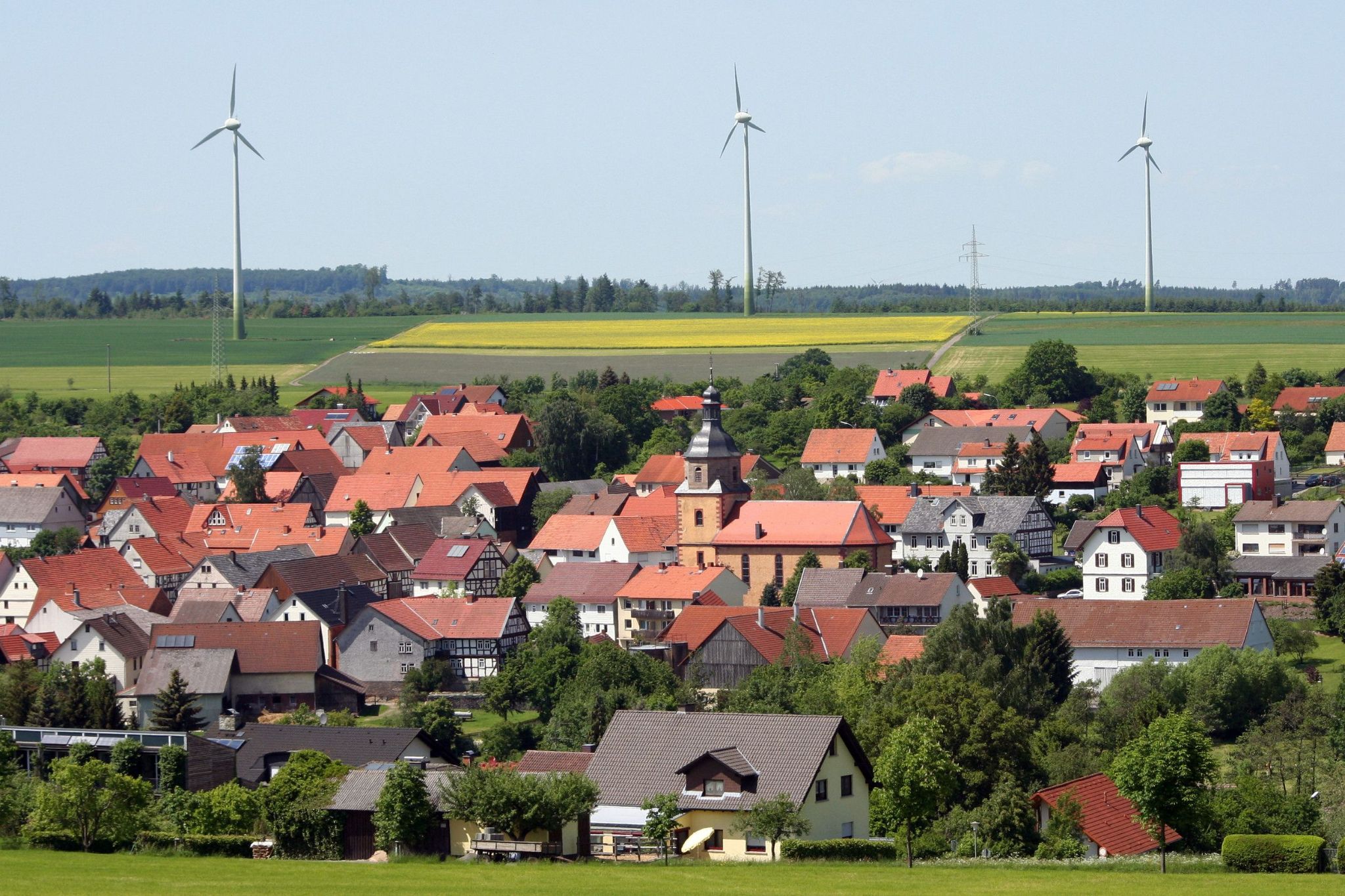
Surrounded by the lush greenery of the Vosges and ancient buildings, Lauterbach captivates travelers with its enchanting atmosphere and unique blend of nature and culture. This charming German town, immersed in greenery, is a perfect spot for those seeking peace and solitude away from the hustle and bustle of the city. Strolling through its cozy streets, lined with historic houses and local craft shops, one can truly experience the spirit of the German countryside.
In addition, Lauterbach serves as an excellent base for active travelers eager to explore the Vosges. The local forests and hills offer amazing opportunities for hiking and cycling tours. The town harmoniously combines tradition, craftsmanship, and lively cultural events, making it an attractive destination for those wishing to immerse themselves in the atmosphere of a traditional German village with stunning natural landscapes.

Stralsund is a picturesque port city in northern Germany, located on the shores of the Baltic Sea in the state of Mecklenburg-Vorpommern. Founded in the 13th century, the city boasts a rich maritime history reflected in the architecture of its old town. In 2002, Stralsund was included in the UNESCO World Heritage list, thanks to its unique architectural ensemble in Gothic and Renaissance styles. Among the city's main attractions are the historic market square, churches, and ancient buildings that reflect the city's former grandeur as an important trade center.
Today, Stralsund attracts tourists with its charming atmosphere, beautiful views of the Baltic Sea, and proximity to the "Eastern Rügen Island" national park. One of the main attractions is the Maritime Museum, where visitors can learn about the history of navigation and shipbuilding in the region. The city is also famous for its picturesque promenades and beaches, which are perfect for strolls and relaxation during the summer months.
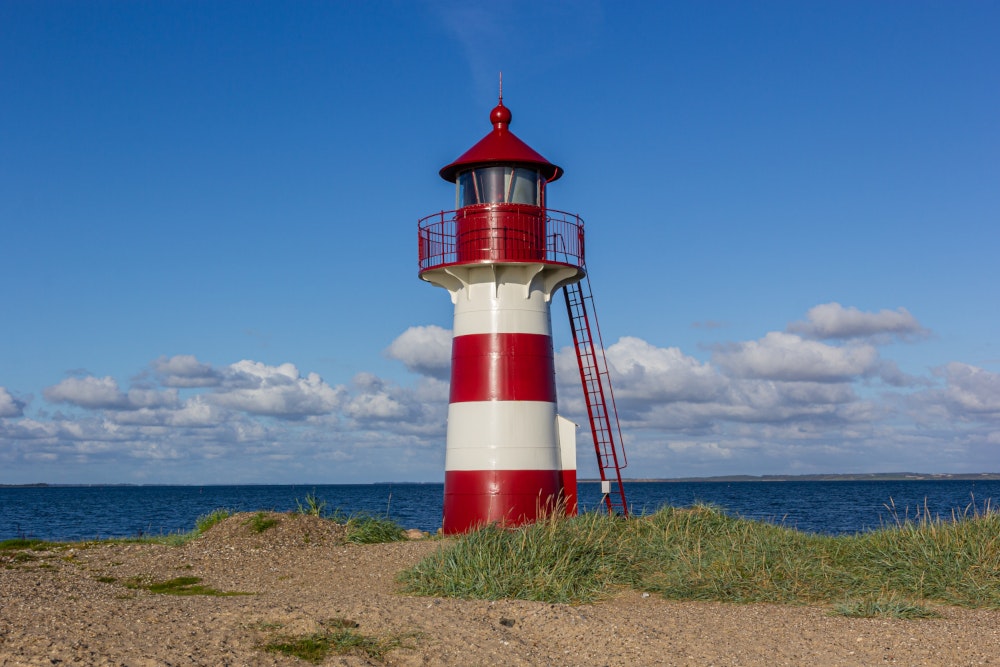

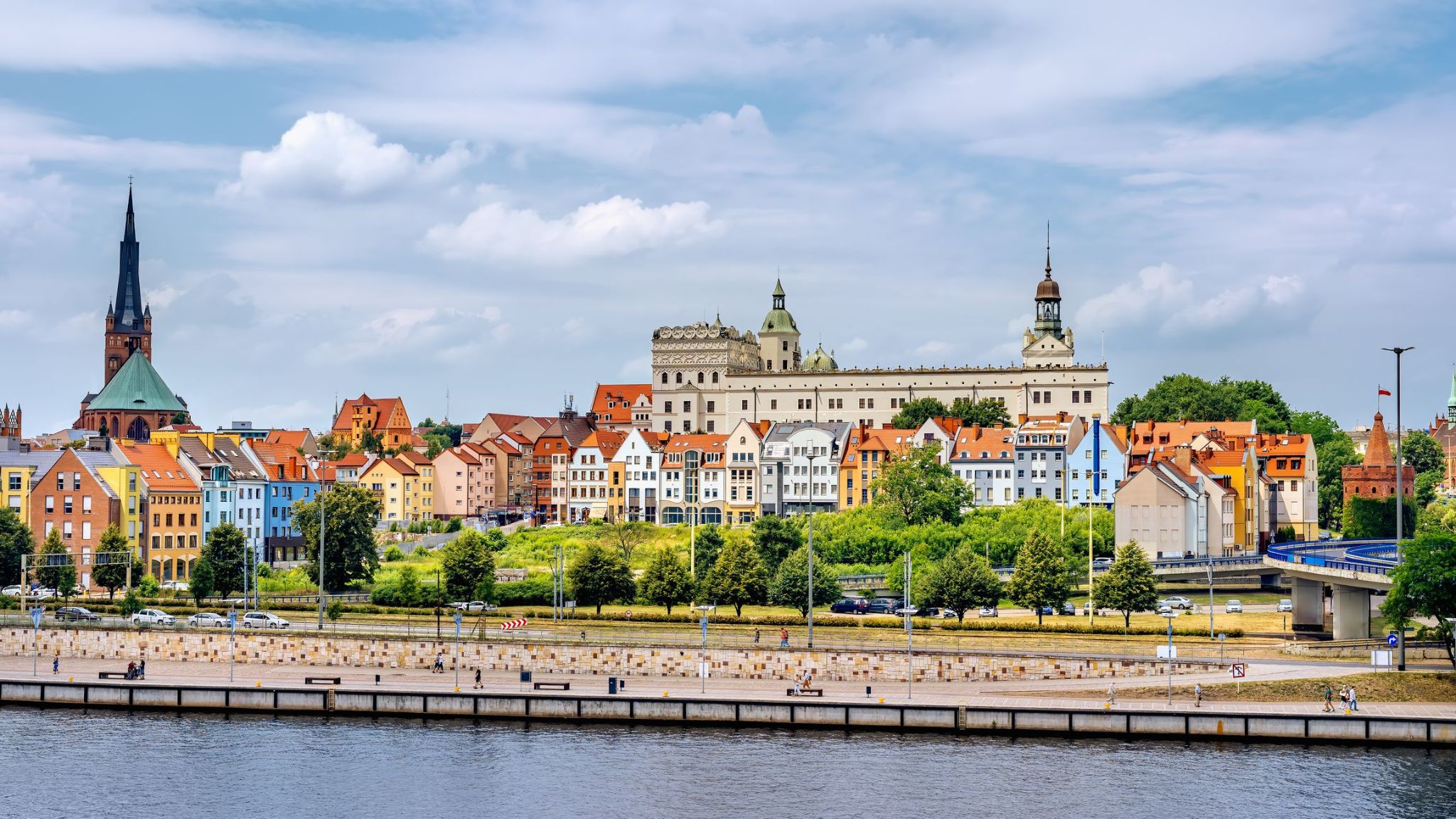
The city of Szczecin, located in northwestern Poland on the Oder River near the Baltic Sea, offers a unique blend of maritime history, Prussian architecture, and modern cultural life. It is one of the country’s largest ports and a key hub for shipping and shipbuilding. The city center surprises visitors with its unusual layout, inspired by Parisian boulevards—with round squares and radial streets. Highlights along the Castle Route include the Pomeranian Dukes’ Castle, the Cathedral of St. James, and the scenic riverside promenade.
Szczecin is also known for its greenery—featuring numerous parks such as Jasne Błonia and an extensive network of tree-lined avenues, making it one of the greenest cities in Poland. Tourists are drawn to river cruises on the Oder, the Museum of Contemporary Art, and the futuristic Philharmonic building, recognized as a symbol of Poland’s modern architecture. Thanks to its proximity to the German border and excellent transport links, Szczecin often serves as a starting point for exploring Western Pomerania and beyond.

Surrounded by the lush greenery of the Vosges and ancient buildings, Lauterbach captivates travelers with its enchanting atmosphere and unique blend of nature and culture. This charming German town, immersed in greenery, is a perfect spot for those seeking peace and solitude away from the hustle and bustle of the city. Strolling through its cozy streets, lined with historic houses and local craft shops, one can truly experience the spirit of the German countryside.
In addition, Lauterbach serves as an excellent base for active travelers eager to explore the Vosges. The local forests and hills offer amazing opportunities for hiking and cycling tours. The town harmoniously combines tradition, craftsmanship, and lively cultural events, making it an attractive destination for those wishing to immerse themselves in the atmosphere of a traditional German village with stunning natural landscapes.
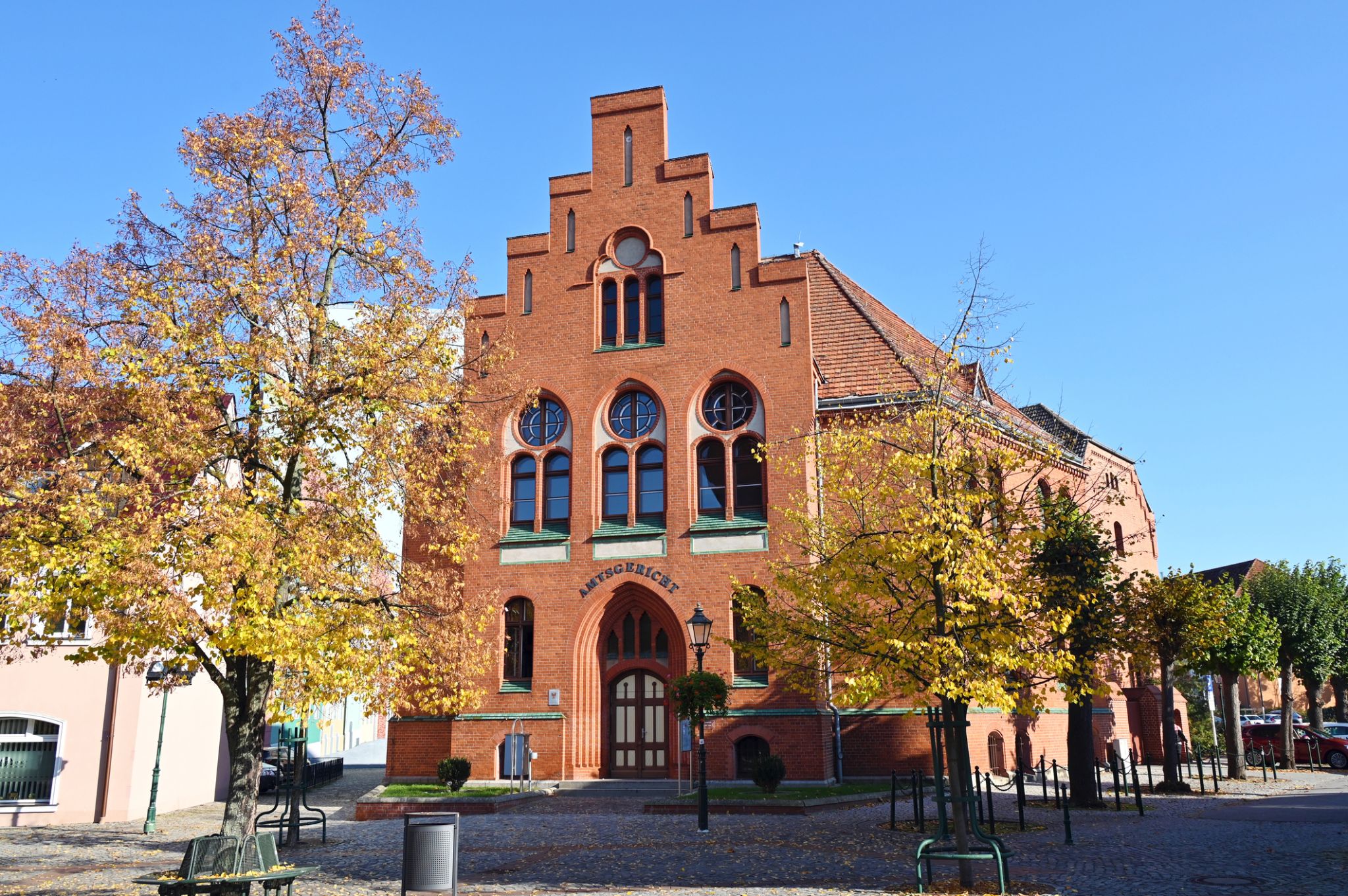

The city of Szczecin, located in northwestern Poland on the Oder River near the Baltic Sea, offers a unique blend of maritime history, Prussian architecture, and modern cultural life. It is one of the country’s largest ports and a key hub for shipping and shipbuilding. The city center surprises visitors with its unusual layout, inspired by Parisian boulevards—with round squares and radial streets. Highlights along the Castle Route include the Pomeranian Dukes’ Castle, the Cathedral of St. James, and the scenic riverside promenade.
Szczecin is also known for its greenery—featuring numerous parks such as Jasne Błonia and an extensive network of tree-lined avenues, making it one of the greenest cities in Poland. Tourists are drawn to river cruises on the Oder, the Museum of Contemporary Art, and the futuristic Philharmonic building, recognized as a symbol of Poland’s modern architecture. Thanks to its proximity to the German border and excellent transport links, Szczecin often serves as a starting point for exploring Western Pomerania and beyond.
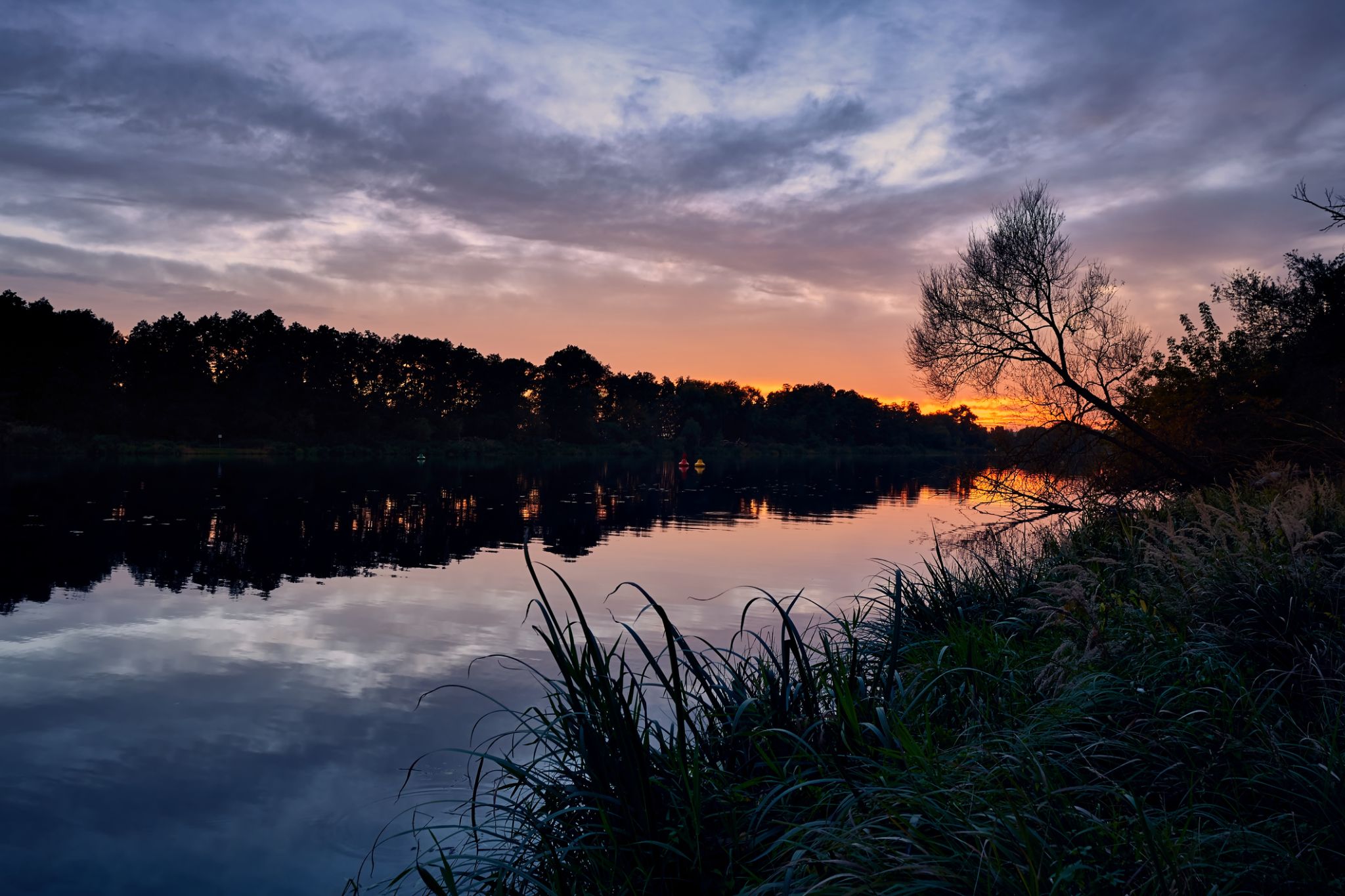



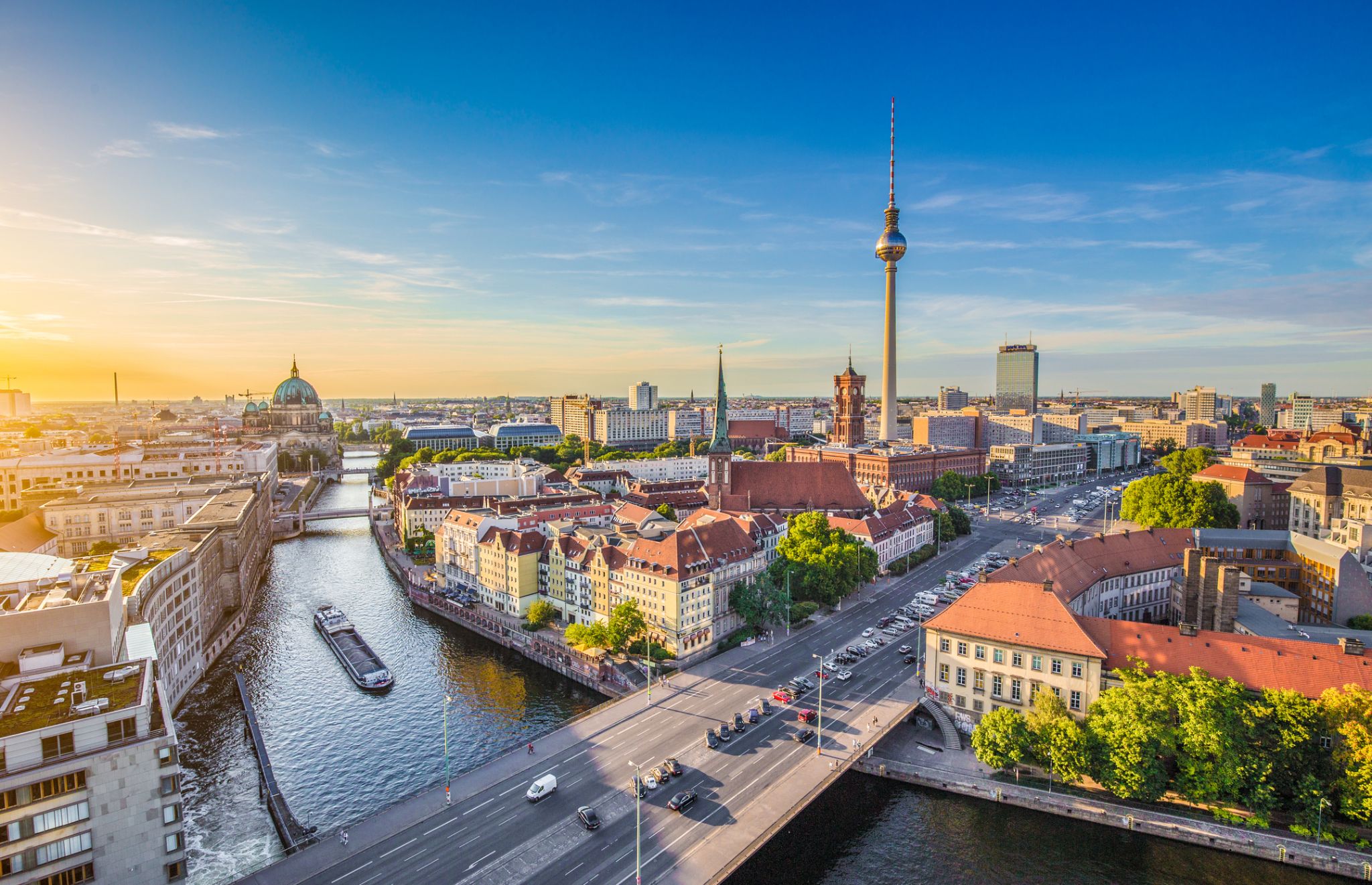
Berlin is the capital and largest city of Germany, by both area and population. With 3.7 million inhabitants, it has the highest population within its city limits of any city in the European Union. The city is also one of the states of Germany, being the third smallest state in the country by area. Berlin is surrounded by the state of Brandenburg, and Brandenburg's capital Potsdam is nearby. The urban area of Berlin has a population of over 4.6 million and is therefore the most populous urban area in Germany.The Berlin-Brandenburg capital region has around 6.2 million inhabitants and is Germany's second-largest metropolitan region after the Rhine-Ruhr;region,as well as the fifth-biggest metropolitan region by GDP in the European Union.

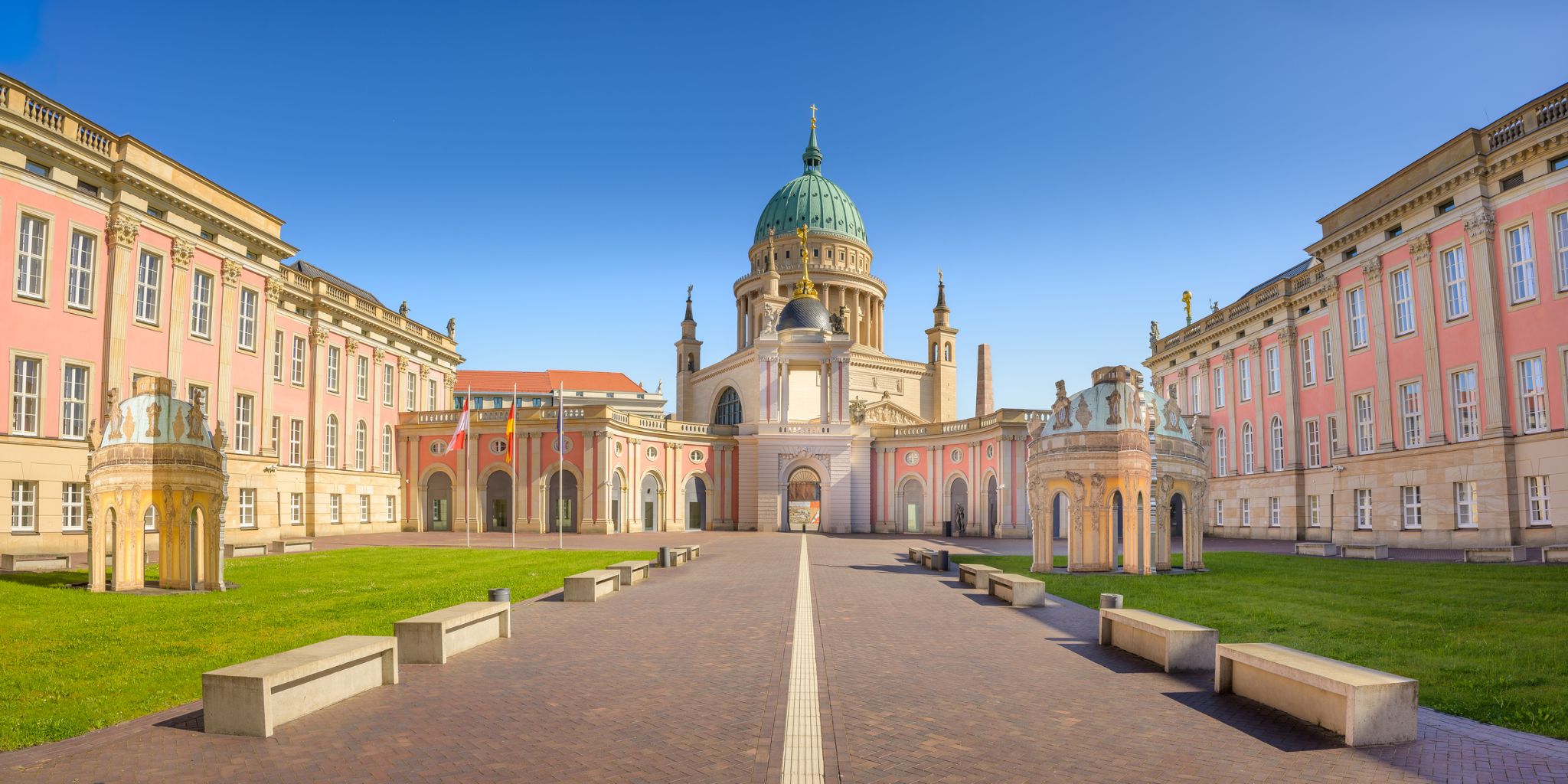
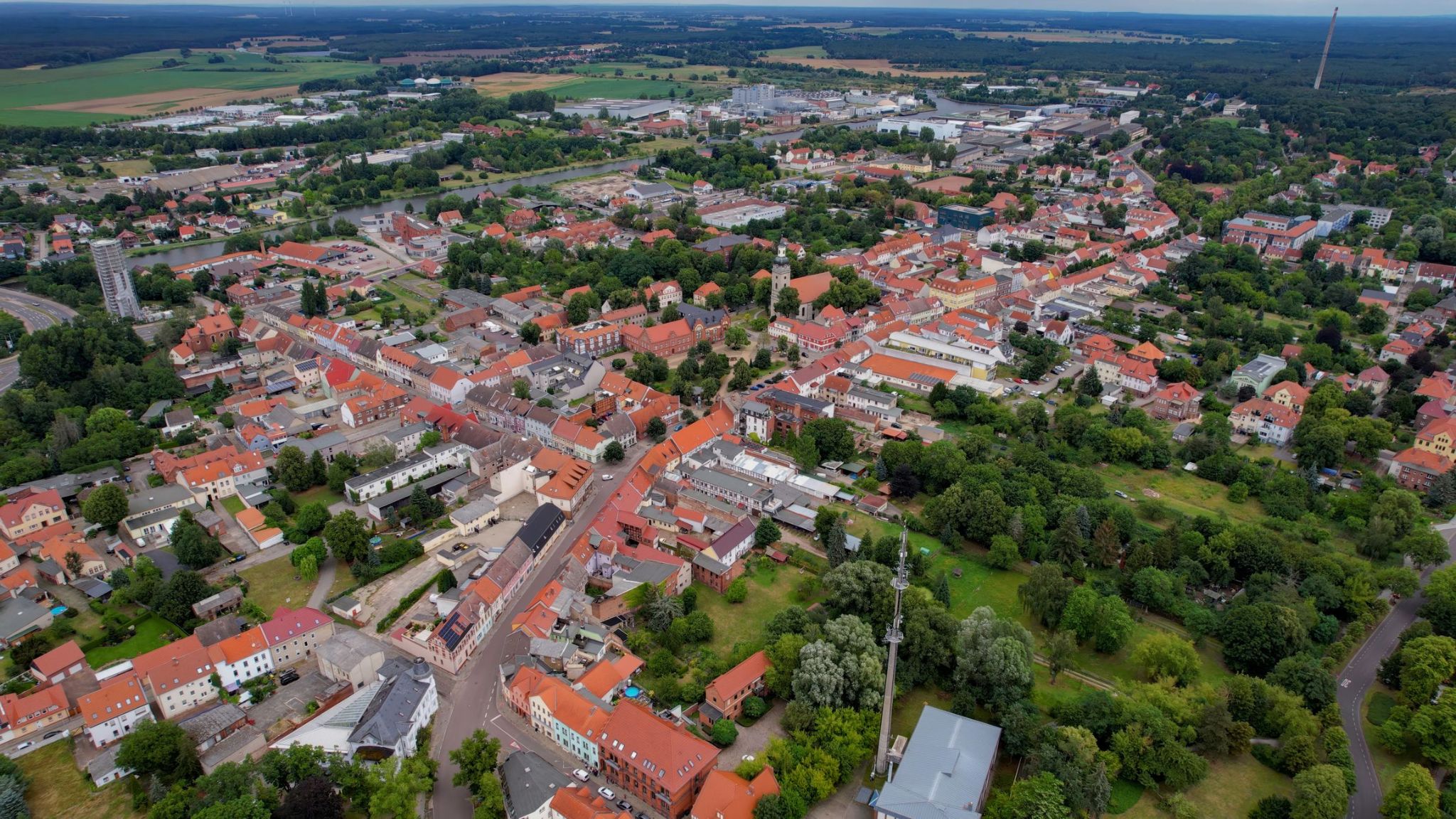
The ancient streets, surrounded by forests and fields, invite you on a journey where peace and history blend into a single rhythm. Far from the noise of the big cities, it's easy to lose track of time here, strolling along well-maintained alleys, observing the calm life of the locals, and feeling the atmosphere of true German countryside.
Genthin, located in the state of Saxony-Anhalt, was once an important fortification point and still retains architectural traces of its past. The Genthin Castle and the water tower are of particular interest, offering picturesque panoramas. Lovers of leisurely walks, bike routes, and rural tourism will truly appreciate this quiet corner of Germany.

Berlin is the capital and largest city of Germany, by both area and population. With 3.7 million inhabitants, it has the highest population within its city limits of any city in the European Union. The city is also one of the states of Germany, being the third smallest state in the country by area. Berlin is surrounded by the state of Brandenburg, and Brandenburg's capital Potsdam is nearby. The urban area of Berlin has a population of over 4.6 million and is therefore the most populous urban area in Germany.The Berlin-Brandenburg capital region has around 6.2 million inhabitants and is Germany's second-largest metropolitan region after the Rhine-Ruhr;region,as well as the fifth-biggest metropolitan region by GDP in the European Union.



The ancient streets, surrounded by forests and fields, invite you on a journey where peace and history blend into a single rhythm. Far from the noise of the big cities, it's easy to lose track of time here, strolling along well-maintained alleys, observing the calm life of the locals, and feeling the atmosphere of true German countryside.
Genthin, located in the state of Saxony-Anhalt, was once an important fortification point and still retains architectural traces of its past. The Genthin Castle and the water tower are of particular interest, offering picturesque panoramas. Lovers of leisurely walks, bike routes, and rural tourism will truly appreciate this quiet corner of Germany.



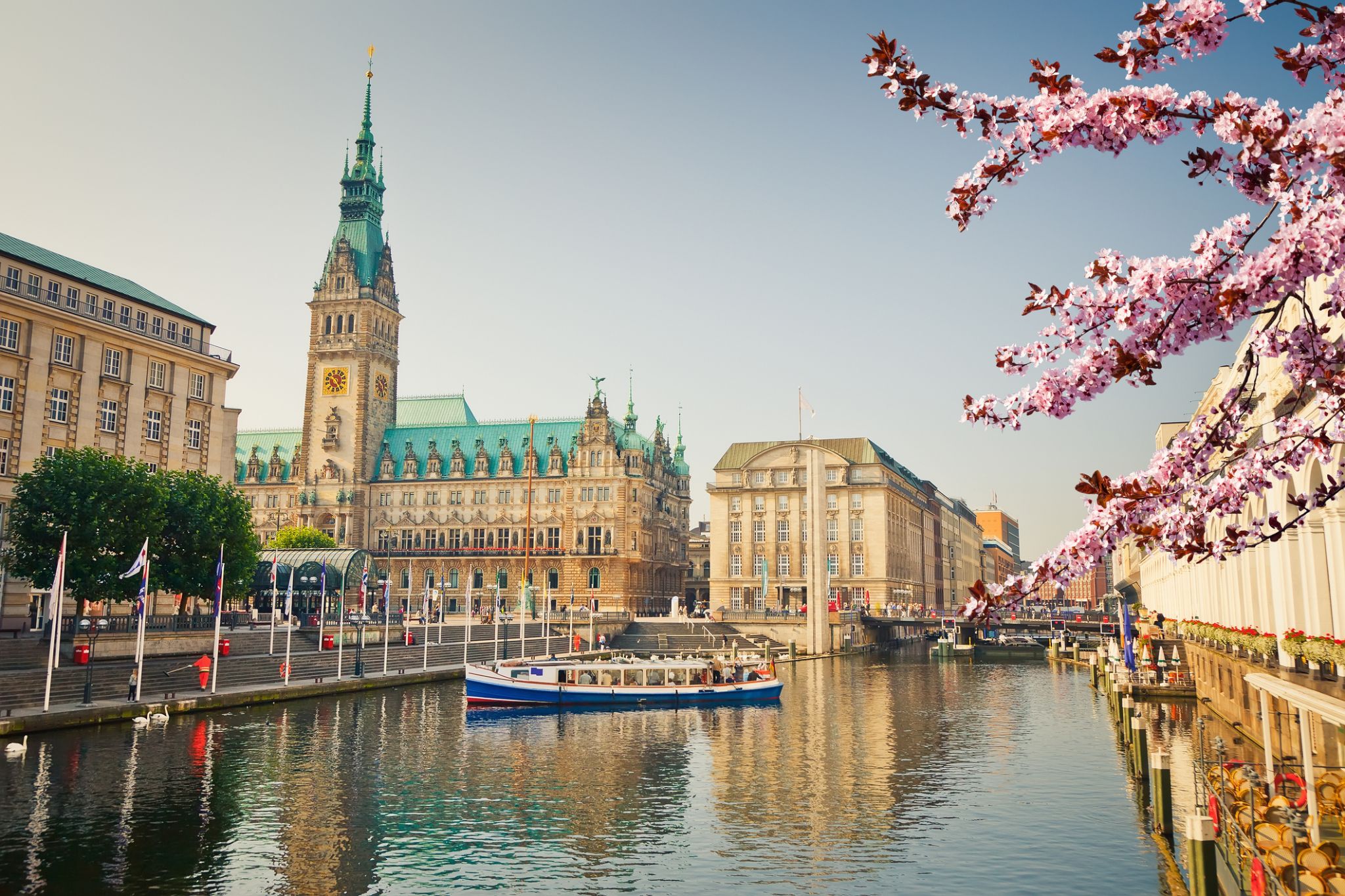
Hamburg ; officially the Free and Hanseatic City of Hamburg is the second-largest city in Germany with a population of over 1.8 million.
One of Germany's 16 federal states, it is surrounded by Schleswig-Holstein to the north and Lower Saxony to the south. The city's metropolitan region is home to more than five million people. Hamburg lies on the River Elbe and two of its tributaries, the River Alster and the River Bille.


Hamburg ; officially the Free and Hanseatic City of Hamburg is the second-largest city in Germany with a population of over 1.8 million.
One of Germany's 16 federal states, it is surrounded by Schleswig-Holstein to the north and Lower Saxony to the south. The city's metropolitan region is home to more than five million people. Hamburg lies on the River Elbe and two of its tributaries, the River Alster and the River Bille.